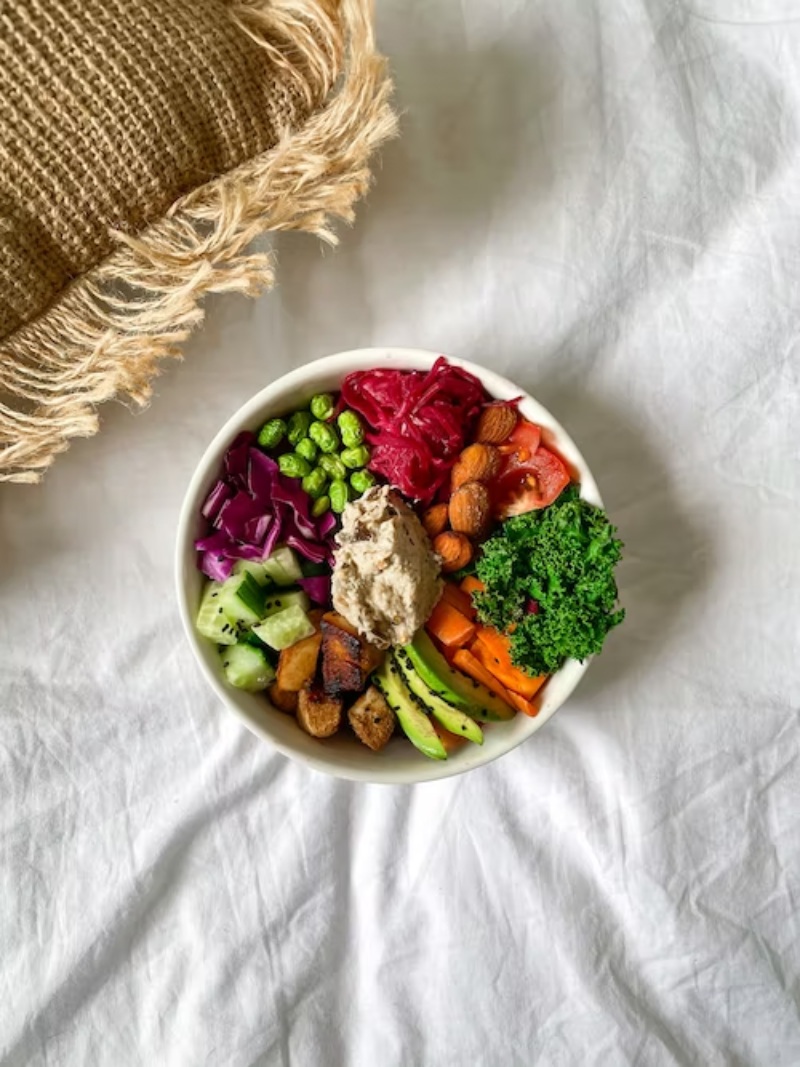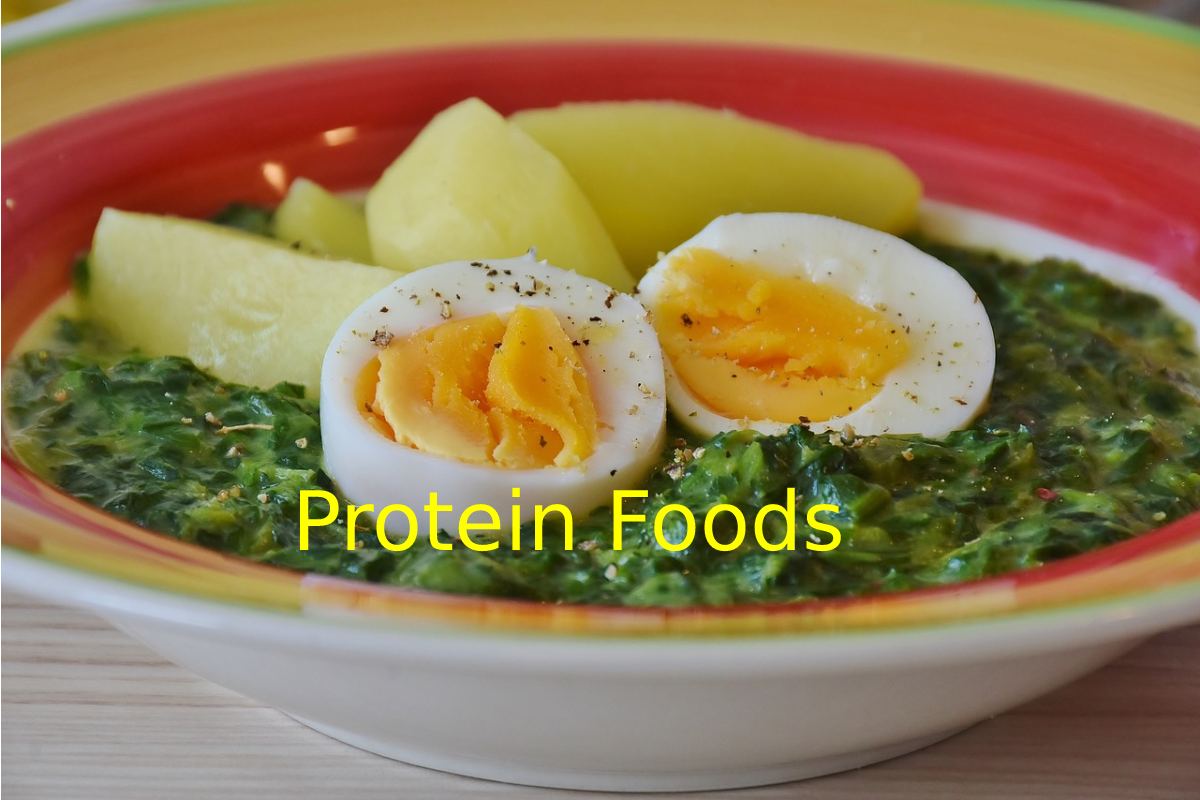Table of Contents
High Protein Foods
Protein Foods Vegetarian is the building block of the human body. The body needs protein-rich food to compensate for daily wear and tear on muscles, accelerate regeneration and gain strength. Ideally, pre-workout and post-workout meals should be nutritious due to their role in the body’s rapid recovery.

6 High Protein Vegetarian Foods
While we see that meat and eggs contain a good amount of protein, there remains a common misconception that a vegetarian diet is insufficient in this regard. However, this is a myth as plant-based foods can also be excellent sources. Although many vegetarians turn to protein powder as a source of nutrients, we’ve put together a list of high-protein vegetarian foods to help you meet your daily meatless needs.
1. Chickpeas (Channa)
They are high in protein and fibre and low in calories. Cook them up as a snack, toss them into salads, or puree them into delicious hummus.
2. Beans (Rajma)
Kidney beans are a block full of protein, carbohydrates and fibre. So along with boiled or steamed rice, rajma-chawal is an all-time favourite dish in the Indian household. Not only is it delicious, but it is also healthy food that can be enjoyed as a curry, as an accompaniment in salads, enchiladas or as hot pepper.
3. Milk
Drink milk regularly? If so, you’re sure to pass your protein test with flying colours. In addition to existence a rich source of protein, milk is also rich in calcium and ensures good bone health, strong teeth, a healthy immune system and glowing skin. Avoid full-fat versions; Look for low-fat options that have been fortified with vitamin D and get the most out of milk protein.
4. Cottage Cheese (Paneer)
Paneer is to India what cheese remains to the rest of the world. High in casein, a slow-digesting milk protein, Paneer also provides you with a good amount of calcium, which helps you stay full longer and burn more fat. Reason enough for more. Add to veggie prep, mix with sautéed veggies, or eat as is and enjoy the protein goodness in the Paneer.
4. Lentils (Dal)
Indians cannot do without their dals, be it arhar, urad or moong. In almost every meal, lentils are an easy and inexpensive way to increase your intake of protein, fibre and essential minerals. Serve as a complete mealtime with rice or roti.
5. Green Peas (Kill)
Little vegetables are as high in protein as this winter dish. You’ll also get the protein and fibre from frozen green peas, so keep a bag in your freezer. Be sure to lift the bag and check how the peas are frozen; If you can smell them, they’re ready to go; Otherwise, they were thawed and refrozen in one big chunk. To grow your protein intake, try Matar Paneer.
6. Mixed Seeds
The seeds add crunch and some protein to your meals. Choose from sesame, sunflower, pumpkin or poppy seeds as they are all high in protein and healthy fats. Besides salads, you can also add them to raita, granola or homemade granola.
Benefits Of Protein-Rich Foods
Protein is considered a vital nutrient due to its ability to help the human body recover faster. Here are some additional reasons why you should increase your nutrient intake.
1. Protein Reduces Appetite And Hunger
Of all the macronutrients, protein is the most nutritious, even if you eat less. It is because the macronutrient tends to decrease ghrelin levels (hunger hormone) in the body while increasing levels of peptide YY, making a person feel full.
2. Protein Improves Heart Health
High protein intake has remained shown to lower blood pressure. It reduces the risk of knock and heart attack. A review of 40 controlled studies found that higher nutrient intake reduced systolic blood pressure by 1.76 mm Hg and diastolic blood pressure by 1.15 mm Hg.
In addition to lowering blood pressure, it has been found that a high-protein diet can also lower levels of LDL (or bad cholesterol) in the body.
Also Read: What Is Keratin? – Types, Function, Treatment, And More

